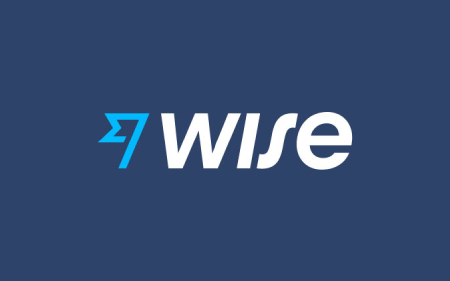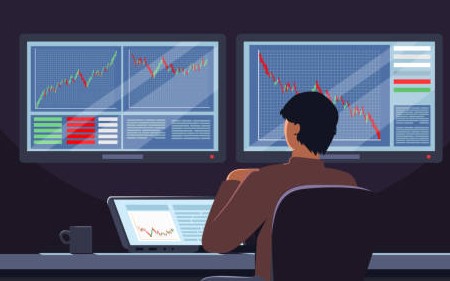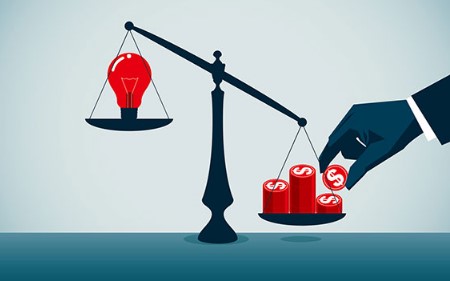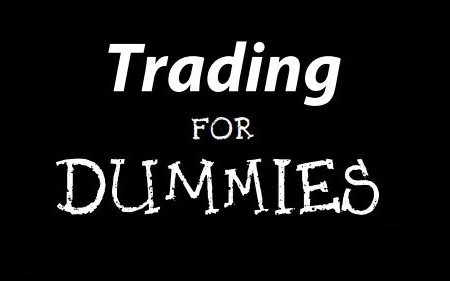WHERE TO START IN THE STOCK MARKET?
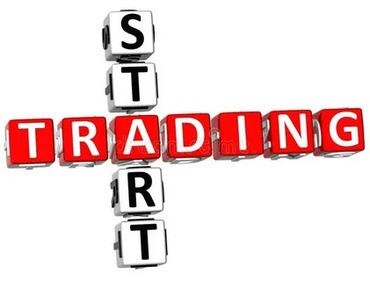 21 / 03 / 23
Visitors: 1659
21 / 03 / 23
Visitors: 1659
This question is handled differently for different investors
Beginning investors forget to consider certain components, such as brokerage commissions, which leads them to overestimate the minimum amount they need to invest in order to get started under optimal conditions. Successful investing in the stock market is not related to the amount of money in an account. A stock buyer with a large amount of money will position himself on par with another buyer who has little savings to invest in the stock market. However, such reasoning goes to the limit if the deposits are small. While there is no maximum limit on the amount of money that can be placed in a stock account, there are some good tips on the minimum amount to deposit. Typically, investors who have little money and are therefore undercapitalized are bound to disappear, especially during stock market crises. A securities account without sufficient capital can have many negative consequences, ranging from:
The impact of brokerage commissions.
Placing orders on the stock exchange incurs costs, particularly the fees of the stockbroker or intermediary who is responsible for their execution in the market. Typically, the average commission is estimated at 0.1% of the transaction amount, with a minimum of €5. When an investor buys and sells securities, he places two orders, one to buy and one to sell, which cost him at least 10 euros. Therefore, in order to make a profit, the capital gain has to cover the brokerage commissions. And by placing orders for small amounts, a person can be disadvantaged because of brokerage commissions. For example, let us assume that the brokerage commission is 0.2% of the amount of each transaction with a minimum value of 5 euros per order.If an investor buys 50 Alcatel shares at 10 euros each, the order amount would be 500 euros. If the price of Alcatel shares later increases by 2% to 10.2 euros, and the shareholder decides to sell them to make a profit.
The amount of the sale would be 510 euros. The operation involves two orders, one to buy and one to sell, which entails a brokerage fee of 10 euros. In other words, the profit made was wiped out due to the brokerage commission, and the investor will receive nothing at the end of the transaction. Another example: the investor buys shares for EUR 2,500, i.e. 250 shares of EUR 10 each.If he decides to sell them for 10.2 Euro, the total sales amount will be 2,550 Euro, after deducting the brokerage commission of 10.1 Euro he will receive a profit of 39.9 Euro, i.e. the return of 1.6% at 2% price increase, and the difference will go to the broker. According to the latter example, regardless of whether the investor places an order for 2,500 euros or 25,000 euros, he will always earn 1.6% when the price rises by 2%. And in this case he is no longer subject to the minimum brokerage commission.
The impact of commission is often overlooked by novice investors, but this is a big mistake, especially when the amount to be invested is limited. On the other hand, investing a small amount puts more pressure on the shareholder to achieve a minimum return to cover their expenses. In the example above, the share price must rise by at least 4% for an order of 500 euros.
The abuse of leverage
The SRD system offers every stock market investor the opportunity to invest more money than they actually have. In this case, the money is used as a hedge. For example, this system offers investors the opportunity to invest a maximum of five times more capital than they own. Thus, if they own 2,000 euros, they can invest up to 10,000 euros in an SRD at any given time. Generally speaking, leverage is most often used by owners of small portfolios, while owners of large portfolios use it less often. By the way, leverage can be a double-edged sword because it can multiply profits, but so can losses. At the maximum leverage level of five units and assuming a 10% stock move, that means a 50% change in the portfolio, either up or down. This demonstrates the risk associated with leverage. A risk that increases if you are a novice investor with a small portfolio.
Limited or no portfolio diversification
One of the keys to success in the stock market is portfolio diversification. Investing money in a single stock carries a high risk, while a more diversified portfolio of four or five stocks limits that risk. When investing a small amount of money, it is difficult to put together a portfolio of several stocks, spreading the risk over 5 to 10 different stocks.
Suppose an investor buys stock in a company that announces bad results in the morning and just before the market opens. Such news would have a negative impact on the share price, which would go down 10% or even 20%. This is a classic stock market situation. In this case the investor will have to wait for a long time until the stock price recovers to its original purchase price. This will prevent him from investing in other securities. In conclusion, it is recommended to start investing in the stock market with a minimum amount of 2,000 euros. This amount will allow you to diversify your stock portfolio, even if only to a limited extent, between two and four securities, i.e. 1000 euros per security line, using the leverage effect of SRD to a maximum of two times. For those who wish to properly diversify their portfolio by investing in other financial products, a capital of between 5,000 and 7,000 euros is required. If an investor does not have this amount to purchase securities, they can always invest in mutual funds. This option allows investing in several securities while purchasing one product. It is a solution that offers less dynamism, but which allows you to enter the stock market with care, as long as you have the funds.
This article wrote by support of the site euro-solutions.info
A complete list of unscrupulous brokers, that we do not recommend working with is available here.



